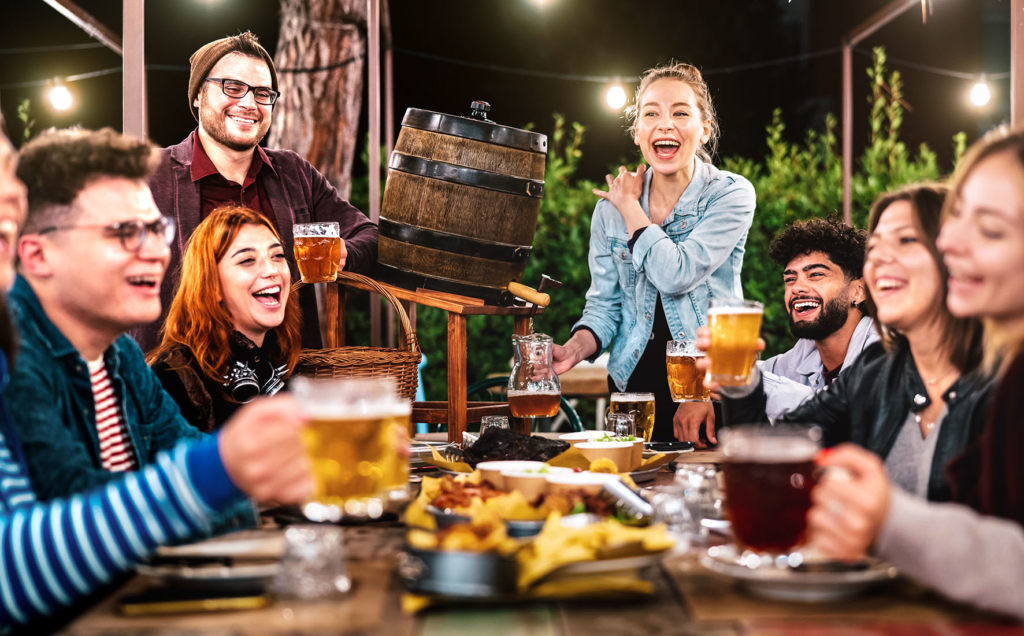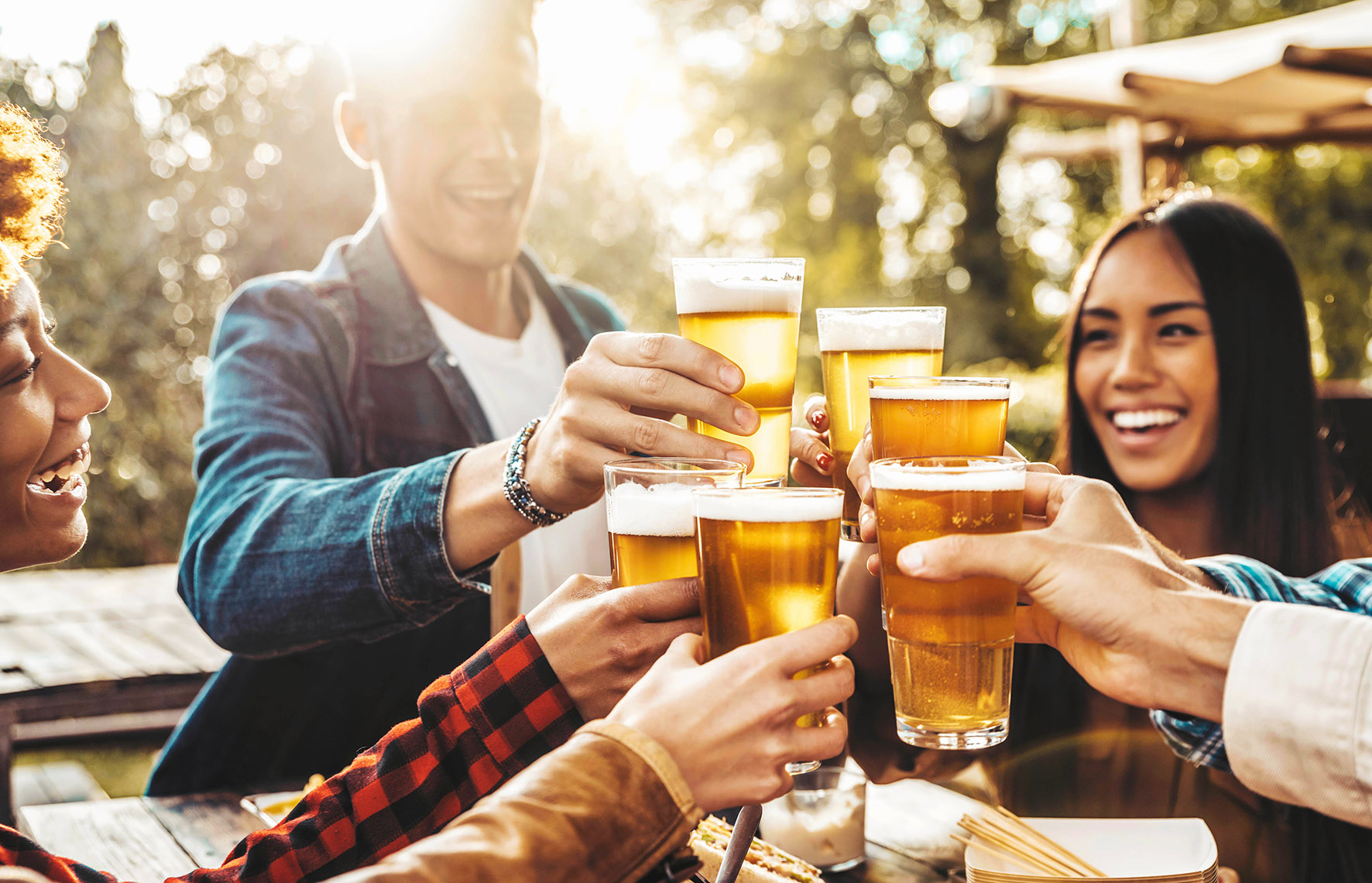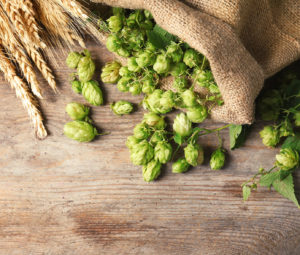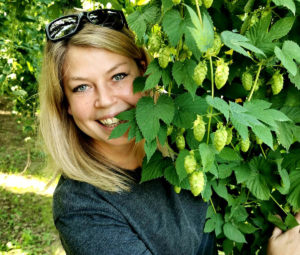What is the everyday significance of beer today? What must good beer of tomorrow offer from the consumer’s point of view? What developments are emerging? What will follow the light beer trend? A current study on beer trends in 2025 by the Nuremberg-based market research institute K&A BrandResearch addresses all these questions. In an interview, brand psychologist Florian Klaus explains the most important findings and provides advice on how breweries can work with them.
The “Beer Consumption Trend Study 2025” not only examined consumers’ drinking behavior, but also looked at expectations and trends. What surprised you in particular?
Florian Klaus: I was surprised, for example, by the attitude towards the German Purity Law. Among German brewers, the German Purity Law is something like the Holy Grail – a quality characteristic of which they are convinced: This is what makes us special. In our beer trends study, however, we came to the conclusion: The German Purity Law is overrated. On the consumer side, on the other hand, it has little relevance any more. Younger beer drinkers in particular now have a completely different understanding of the German Purity Law: It is not so important to them whether the beer consists only of certain approved ingredients. Rather, they attach importance to the fact that all ingredients are “pure,” i.e., of biological origin. They are quite open to experimental recipes and mixed beer beverages. Our beer trends study has shown that there is obviously a big difference between the awareness of brewers and that of consumers.
Beer needs to move away from a purely masculine image

Attracting younger and diverse consumers is one of the biggest challenges that the beer industry has to face. Source: AdobeStock, Mirko Vitali.
What are the most important trends currently emerging among beer consumers?
At the top of the list is the topic of diversity. Our society is changing, and migration also plays a role here. Beer therefore absolutely has to get out of the “old-white-men’s-corner”. The beer-loving men’s group or the business guy in a trench coat who, at the end of a hard day’s work, relaxes in the dune and opens his after-work beer with a hiss – in order to appeal to diverse target groups, the industry has to open up that image. This is also accompanied by the question of alcohol content. For certain cultures and especially younger consumers, alcoholic beverages are not attractive as such. They do not fit in with their lifestyle and fitness awareness. Alcohol-free and reduced-alcohol beers and beer mix drinks can offer alternatives. In any case, the market is moving away from the standard pilsner, and different beer styles are increasingly in demand. Regionality is also gaining in importance in this regard.
Beer is no longer a natural part of everyday life
Beer consumption has been steadily declining for years. Instead, non-alcoholic beers and beer mix drinks are becoming increasingly popular. What role has Corona recently played in this development? What is the everyday significance of beer today?
Basically, of course, many topics related to socializing have suffered difficulties due to Corona. Whether family celebrations or other festivities – the occasions on which these products are usually consumed have simply been missing. Beer, in particular, benefits from social moments when several people get together. Other alcoholic beverages such as wine or sparkling wine, on the other hand, have gained during the pandemic. This is also because they are consumed to celebrate special moments of togetherness. Beer has been less successful in occupying such moments of being together. At the same time, many people have taken Corona as an opportunity to rethink their own habits – especially with regard to health factors. This naturally includes diet and personal alcohol consumption. It is true that consumers are now turning more frequently to non-alcoholic beers and beer-based mixed drinks. However, this alone cannot halt the decline in beer consumption. Corona has therefore reinforced a trend that has been observed for some time and is also reflected in our beer trends study: Beer as a companion in social situations and in everyday life in general is no longer regarded as something to be taken for granted.

Unlike wine and sparkling wine, beer has hardly succeeded in occupying moments of togetherness. Source: AdobeStock, Goran.
What were the differences between older and younger beer drinkers that you have noticed in the course of your study?
Basically, it can be said that the “crate toting generation” is dying out. This refers to those, mostly older consumers, who regularly bring a crate of their favorite beer home to enjoy their after-work beer in the comfort of their own four walls. For the younger generation, the enjoyment of beer tends to be linked to situations and moments – socializing being the keyword. It’s true that the younger beer drinkers sometimes bring a case of beer home, as well. But it’s more likely that they’ll only have a few bottles for a special occasion or for conscious enjoyment. Younger beer drinkers are not tied to a particular brand, but like to try something new. The craft beer trend of recent years certainly has something to do with this change in consumer behavior. However, craft beer has not been able to secure a place in the hearts of many in the long term – and certainly not in their everyday lives.
Will cellar beer soon replace pale beer?

Light beer is trendy – also because it is linked to the attractive vacation alpine stereotype. Image source: AdobeStock, W. Heiber Fotostudio.
Light beer has skyrocketed in popularity in recent years. What’s the reason for that?
The main reason for that is the easy accessibility of this type of beer. In short, it’s super easy to like Helles – it basically tastes good to everyone! Plus, it’s tied to that attractive vacation alpine cliché and the Bavarian-Southern German-tinged beer coziness, which resonates positively with consumers. However, it is by no means the case that the light beer trend has generally given beer consumption a boost. Rather, Helles has taken share away from another Bavarian beer variety, namely wheat beer, and has been able to win over many Pils drinkers in particular. For a long time, Pilsner was by far the most popular type of beer in Germany. As a supposed self-seller, it has therefore recently received little attention in terms of marketing. In the meantime, the Helles has caught up considerably. One reason for this is that Pilsner has “lost its soul” in many places. Many Pils beers have become increasingly interchangeable, and a certain boredom has taken hold. In addition, consumers’ taste preferences have changed – which, by the way, can also be seen in other foodstuffs: we are increasingly getting out of the habit of bitter tastes. This is precisely the gap that the Helle has filled, and that is why it is so successful!
How will this trend continue? Is there already a new trend beer on the horizon?
The long-lasting pale beer trend has also surprised some in the brewing industry. The pale is more or less “the Aperol Spritz of beers”: it has started a triumphal march from the south across all of Germany and has become a perennial favorite. It is almost impossible to predict when this trend will be broken. Neither is it possible to predict the next popular type of beer that could replace the Helle. There are signs that Kellerbier could become bigger. But the trend toward Helles hasn’t been going on long enough for us to make a firm decision.
Consumers don’t care much about the German purity law
What can breweries derive from your study, e.g. for product development and marketing?

Florian Klaus, Director BrandPsychology, K&A BrandResearch AG
One important finding of our beer trends study is that beer consumption is no longer naturally anchored in everyday life, but is increasingly to be seen in the context of situations and moments. For breweries, this means that in order to be successful, they have to occupy certain moments with their beer. In doing so, it can be very helpful, for example, to psychologically engage with one’s own region and develop an authentic awareness of it, in order to ultimately find out: What is a characteristic beer moment in my region? Defining this clearly and implementing it consistently pays off. From Störtebeker in the north to Augustiner in the south – there are many positive examples of breweries that play their own regionality brilliantly with a great deal of empathy, and in doing so may even win over beer drinkers from all over the country for their product. The market rewards independent beers with character, as long as this is clearly implemented and conveyed. The German Purity Law as the main argument for German beer, that much is certain, is no longer enough!
*The market research institute K&A BrandResearch conducted a representative online survey for its Consumer Drink Trends Study 2025. In September 2021, 1039 people between the ages of 18 and 56 who regularly buy and consume beverages from supermarkets and/or beverage stores were surveyed. The statements obtained were analyzed in comparison with the previous study from 2018 and also with psychological K&A context analyses in order to be able to make statements about drinking behavior, consumer expectations and trend triggers.
Source of cover image: AdobeStock, Davide Angelini



